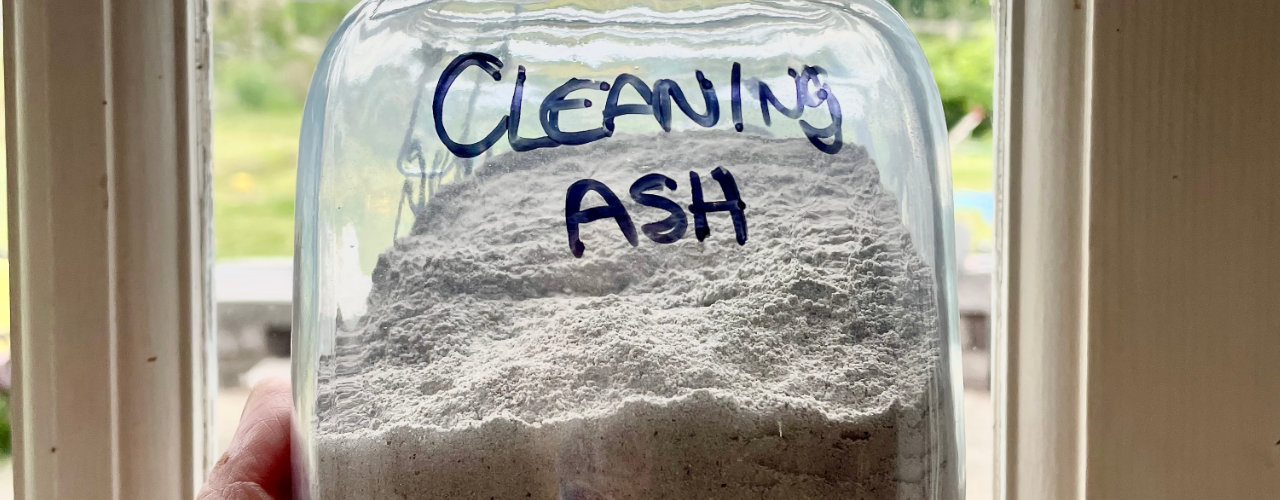The Many Uses of Wood Ash
The Many Uses of Wood Ash
Yes, you're right. The wood ash that you diligently scoop out of your log burner is surprisingly useful, once it's cold stool it in a galvanised bin and you can use it for your garden and more!
There are two very easy to follow rules you must follow:
1. Make sure you burn wood and wood only. (This means no coal or any other random thing you might chuck on the fire!)
2. Make sure it is fully cooled before you use it in any way!

- Add it to excessively acidic soil. It adds potassium and has a liming effect on the soil giving remedy to its acidic nature.
- Add it to your compost heap. Again it adds potassium and encourages , however if you put vegetable scraps in to your compost it helps stop omnivorous beasts having a dig. You will notice your compost become more healthy too with more worms, woodlice and other composting mini beasts starting to breed.
- Adding a little to your pond can strengthen your aquatic plants. Go for about a table spoon per 5000Litre.
- It helps prevent blossom rot when feeding it to your tomatoes

- It is a very successful slug and snail deterrent when used in a heaped circle around your more susceptible plants.
- If you keep poultry add it to their dustbath, they will absolutely thank you for it because it really helps them deter mites. You will help extend your chickens laying period by adding a teaspoon to the feeder. (Ration of just under 1% to their usual feed)

Historically it has also been used for treating injuries, bronze age tattoos, tanning hide, pottery glazes, a traditional levener (and even now) in bagels and pretzels, cheesemaking, pickling and traditional olive preserves, removing toxins from from acorns and moss, when boiled with rain water it makes Lye which is the basis of old fashioned soap, abrasive cleaning on glass, enamel and ceramic (which I use, especially on the sooty log burner glass) AND SO MUCH MORE!!
